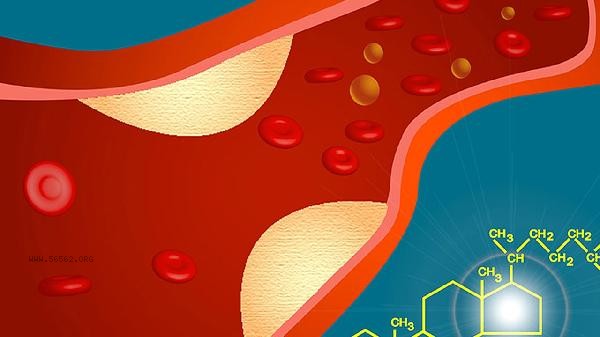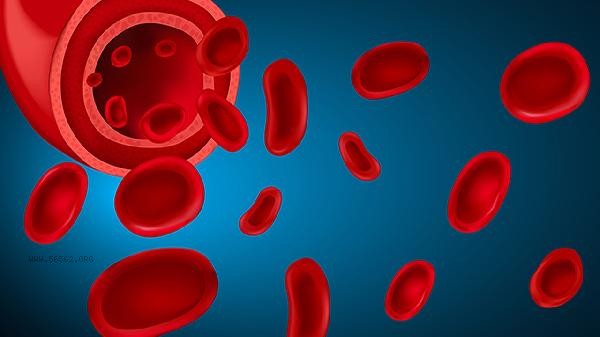Red blood cell volume and hematocrit are different names for the same indicator, both referring to the volume percentage of red blood cells in whole blood. This indicator is mainly used to evaluate blood conditions such as anemia and dehydration. The detection methods include centrifugation and automated blood analyzer. Its clinical significance includes blood concentration judgment, anemia typing diagnosis, and efficacy monitoring.

1. Concept definition:
Red blood cell volume (HCT) and hematocrit (PCV) are synonymous in medical testing, both representing the volume ratio of red blood cells in anticoagulated whole blood after centrifugation treatment. The International Committee for Standardization of Hematology recommends the unified use of the term "hematocrit", but some medical institutions still use the expression "hematocrit", and the detection principles and clinical values of the two are completely consistent.
2. Detection method:
Traditional detection uses the Wen method for centrifugal separation of red blood cells, while modern laboratories often use fully automatic blood cell analyzers to calculate based on impedance or light scattering principles. The normal reference values for manual methods are 40-50% for males and 35-45% for females. The results of instrument methods are usually 1-3% lower than manual methods, and corresponding reference intervals need to be established for different detection methods.
3. Clinical significance: Elevated

values are commonly seen in blood concentration conditions such as dehydration, burns, and polycythemia vera; If it decreases, it indicates iron deficiency anemia, aplastic anemia, etc. In the diagnosis of anemia, it is necessary to combine hemoglobin concentration and red blood cell count for classification. For example, in small cell hypochromic anemia, the three levels decrease synchronously, while in large cell anemia, hemoglobin may decrease but the specific volume is relatively normal.
4. Interference factors:
Pressing the tourniquet for more than 1 minute during blood collection can cause a false increase of 6% in results, and improper use of anticoagulants can lead to red blood cell shrinkage. High altitude residents and long-term smokers have physiological abnormalities, while pregnant women experience physiological decreases due to increased blood volume. The value can reach 50-60% in the neonatal period, and gradually decreases with age in the elderly.
5. Dynamic monitoring:
Regular monitoring is required for chemotherapy and dialysis patients, and a decrease of more than 10% in values indicates the need for intervention. Pre competition testing for athletes can assess dehydration status, and preoperative examination for surgical patients can help estimate intraoperative bleeding risk. The changes in specific volume of patients with chronic kidney disease are directly related to the efficacy of erythropoietin.

Before daily testing, fasting should be maintained for 8-12 hours to avoid chyle blood interference, and repeated fist clenching should be avoided during venous blood collection. For those with long-term abnormal values, it is recommended to improve iron metabolism and vitamin B12/folate testing. Women of childbearing age should pay attention to menstrual flow assessment. Residents in high-altitude areas can increase their water intake appropriately, and regular testing for the elderly can help detect occult anemia early. The test results need to be comprehensively judged based on red blood cell morphology, reticulocyte count, and other factors.








Comments (0)
Leave a Comment
No comments yet
Be the first to share your thoughts!